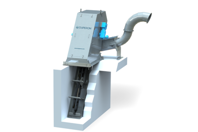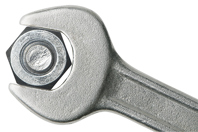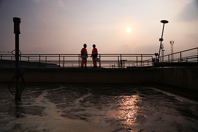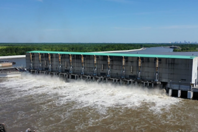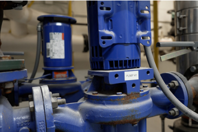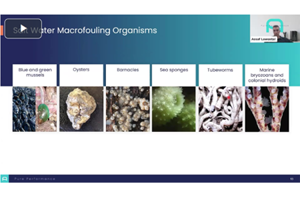WASTEWATER TREATMENT RESOURCES
-
Turbo blowers improve wastewater aeration efficiency through high-speed impellers, lower energy use, and minimal maintenance, making them ideal for continuous, high-pressure applications when properly selected and maintained.
-
Small WWTPs can handle inconsistent flows more efficiently using adaptive low-flow screening and compaction technologies that stabilize water levels, reduce wear, prevent blinding, and shrink debris volume and weight.
-
Jet aeration retrofits modernize aging wastewater tanks with minimal downtime, integrating easily into existing basins while delivering long-term reliability, higher oxygen transfer efficiency, and significantly lower lifecycle costs.
-
Integrating aeration and mixing through jet aeration enhances oxygen transfer, improves process control, and significantly lowers power consumption—especially when upgraded with advanced Slot Injector
technology.
-
Jet aeration delivers decades-long service life with corrosion-resistant materials, clog-resistant design, and simplified maintenance—eliminating basin outages and reducing lifecycle costs compared to fine-bubble diffusers.
-
Jet aeration improves nutrient removal by delivering superior oxygen transfer, intense mixing, and flexible process control—cutting energy use, enhancing BNR performance, and supporting long-term operational reliability.
-
A submersible solids handling pump featuring a semi-open impeller and self-cleaning cutter plate solved a severe clogging issue. Operating without a single clog for over six months, the technology delivered "100% uptime" and freed up staff for other vital maintenance.
-
Advanced diagnostic tools are crucial for managing aging wastewater pump infrastructure. Trending diagnostics, ODS modeling, EMA, and MAV enable proactive, data-driven pump health assessments, helping to reduce costs, minimize downtime, and prevent catastrophic failures.
-
Flood control pumps must perform reliably after long periods of inactivity. Specialized sealing and bearing innovations, like permanently lubricated bearings and double mechanical seals, are critical to ensuring dependable startup and sustained performance in harsh environments.
-
Unlock improved HVAC system performance by implementing modern pump retrofit strategies. Upgrading to high-efficiency pumps and smart controls significantly reduces energy use, lowers TCO, and enhances long-term reliability.


